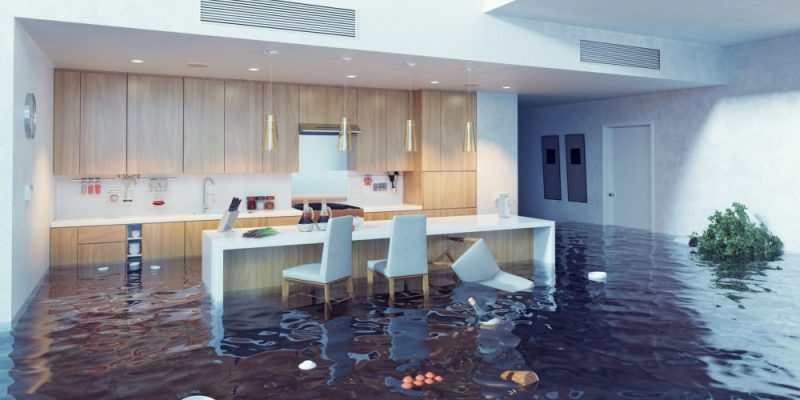Dealing with flood damage can be a significant challenge for homeowners. Understanding how to navigate the insurance claims process effectively can alleviate some of the stress and help ensure that you receive the compensation you deserve. This guide is designed to provide homeowners with practical advice on how to handle insurance claims related to flood damage, emphasizing preparation, documentation, and communication.
Understanding Your Insurance Coverage Before a flood occurs, it’s crucial to understand what your insurance policy covers and excludes. Standard homeowner insurance policies do not typically cover flood damage; this coverage is usually provided through a separate policy from the National Flood Insurance Program (NFIP) or a private insurer. Review your policy to understand the limits and deductibles, as well as what types of water damage are covered. Knowing these details beforehand can help you assess your need for additional coverage.
Immediate Steps After Experiencing Flood Damage As soon as it is safe to do so, document all damage. Take photographs and video of your property, showing the extent of the flood and the affected areas. Make a detailed list of all damaged or lost items. If you need to make immediate repairs to prevent further damage, such as covering broken windows or leaking roofs, keep receipts of all related expenses. These initial steps are crucial for supporting your claim.
Filing Your Claim Contact your insurance company as soon as possible to report the flood damage. Most policies require prompt reporting of claims, so don’t delay. Provide your insurer with all documentation of the damage and any repair estimates you have received. The insurance company will likely send an adjuster to inspect your property and assess the damage. Be prepared to provide access to your home and present your documentation of the damage and repairs.
Working with Insurance Adjusters When the insurance adjuster visits your home, accompany them during the inspection if possible. This allows you to ensure they note all damage and to discuss your claims and concerns directly. Ask questions about the process and what to expect in terms of timelines and possible outcomes. Be polite but persistent; remember, the adjuster plays a key role in the decision on your claim.
Maximizing Your Claim Settlement To maximize your claim, submit a thorough and organized claim packet to the insurance company. This should include all documentation of damage, repair estimates, photographs, and a detailed inventory of damaged possessions. If you feel the settlement offer from the insurance company is too low, you can negotiate. You have the right to ask for a re-assessment or to hire an independent adjuster if necessary.
Additional Tips for a Smooth Process
- Keep detailed records of all communications with your insurance company, including dates, names, and what was discussed.
- Store all receipts and documents related to the flood damage and repairs in a safe place.
- Be patient but proactive. Insurance claims for flood damage can take time to process, especially after widespread disasters.
Seeking Professional Help
If navigating the insurance claims process becomes overwhelming, consider seeking help from a public adjuster or legal professional who specializes in water damage restoration and insurance claims. They can offer expert advice and negotiate on your behalf, which can be particularly valuable in complex or high-value claims.
Navigating the insurance claims process after flood damage requires careful documentation, clear communication, and persistence. By understanding your policy, preparing comprehensive documentation, and effectively managing the claims process, you can improve your chances of receiving a fair and timely settlement. This guide aims to equip homeowners with the knowledge needed to handle flood damage claims with confidence and ease.













Comments